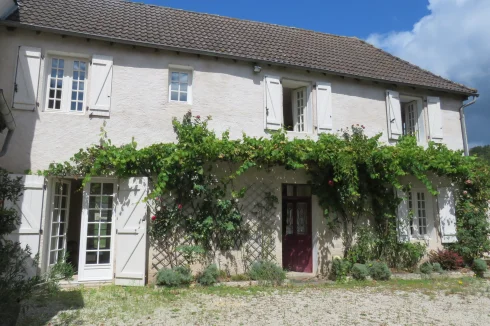World Demand Forces Review of French Champagne Boundaries
Saturday 15 January 2011
The designated area of the eponymous sparkling wine region is to be extended, a change that is likely to make some local landowners millionaires overnight.
The production area of Champagne wine in France is limited by a law dating from 1927, which classifies 33,000 acres of land, in 300 communes, for champagne wine growth. The area remains unchanged to this day.
Over 98% of the fields within the area are producing wine, but against the backdrop of a huge growth in sales from Russia, China and Asia, the trade body has decided to undertake a review of the boundaries.
This is not a review that is being welcomed by all the current champagne producers, most of whom have benefited from sky rocking prices over the last decade, in large measure brought on by the shortage of supply over demand.
Last year, around a record 400 millions of bottles of champagne were sold, beating the previous record set in 1999 of 326 million bottles. Whist the best bottles can cost up to €400 each, the vast majority are sold for prices between €12-€30.
The marketing success of the Champagne region is viewed with huge envy by other French producers of sparkling wine in France, notably those from Alsace and Burgundy, whose own (often equally good) product sells as Crémant, for prices around €4-€6 a bottle.
Only those growers operating within the designated areas are able to label their wine 'Champagne', and benefit from the elevated values attached to the product.
Anyone landowner lucky enough to be included in the new boundary will see their field rise in value from a few thousand euros, to around €1 million a hectare for the best terroirs.
Whilst many are likely to retain the fields for planting of new vineyards, others are likely to simply sell on to other major growers, or the champagne houses themselves.
It is anticipated that up to 3000 hectares of land will be newly designated under the review.Nevertheless, those looking to make their fortune will need some patience, as it is unlikely to be until 2015 before any new boundaries come into operation.
Before they can do so, the soil in the area will be subject to a rigorous examination by a independent team of experts from the Institut national de l'origine et de la qualité (INAO), who have started work in seeking to unearth the merits of currently undesignated plots of land.
This is a process that takes longer than the canonisation of a Saint, with the first wines unlikely to be picked before 2017. Such is the reverence with which the whole process is undertaken that no-one talks of an ‘extension’ of the boundaries, but rather a ‘revision’ of the designated area.
One of the reasons for the duration of the review is to limit the risk of legal challenge that will inevitably be made from those excluded from the new designation. With so much money and prestige at stake, it is imperative that the adjudicators can justify their new classification by rigorous and 'scientific' research.
Thank you for showing an interest in our News section.
Our News section is no longer being published although our catalogue of articles remains in place.
If you found our News useful, please have a look at France Insider, our subscription based News service with in-depth analysis, or our authoritative Guides to France.
If you require advice and assistance with the purchase of French property and moving to France, then take a look at the France Insider Property Clinic.





